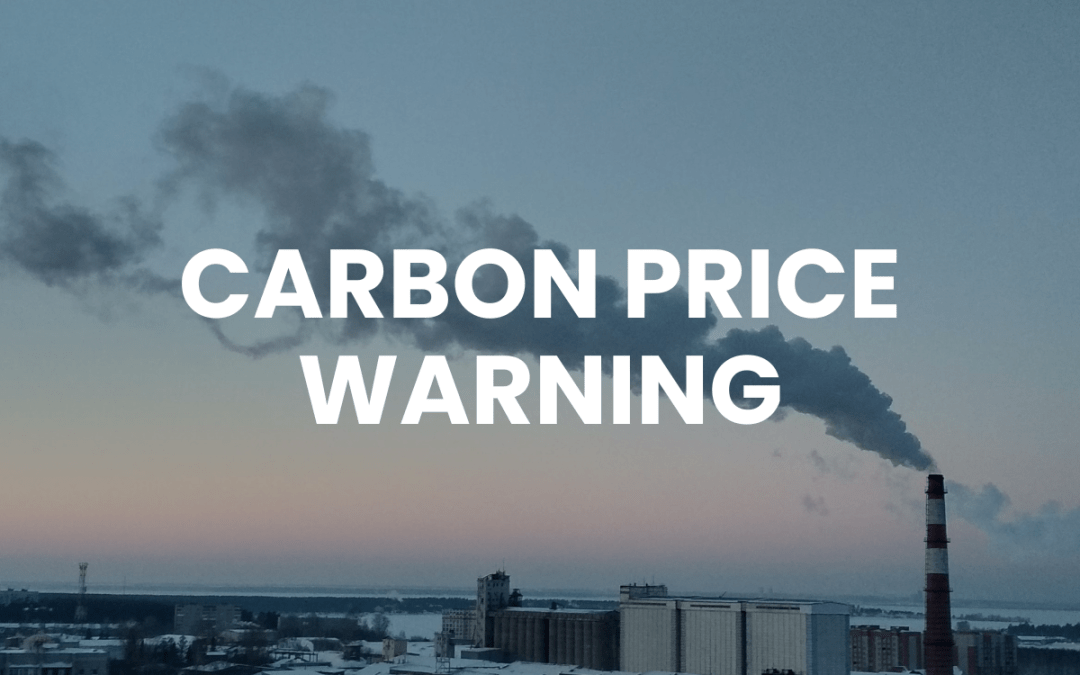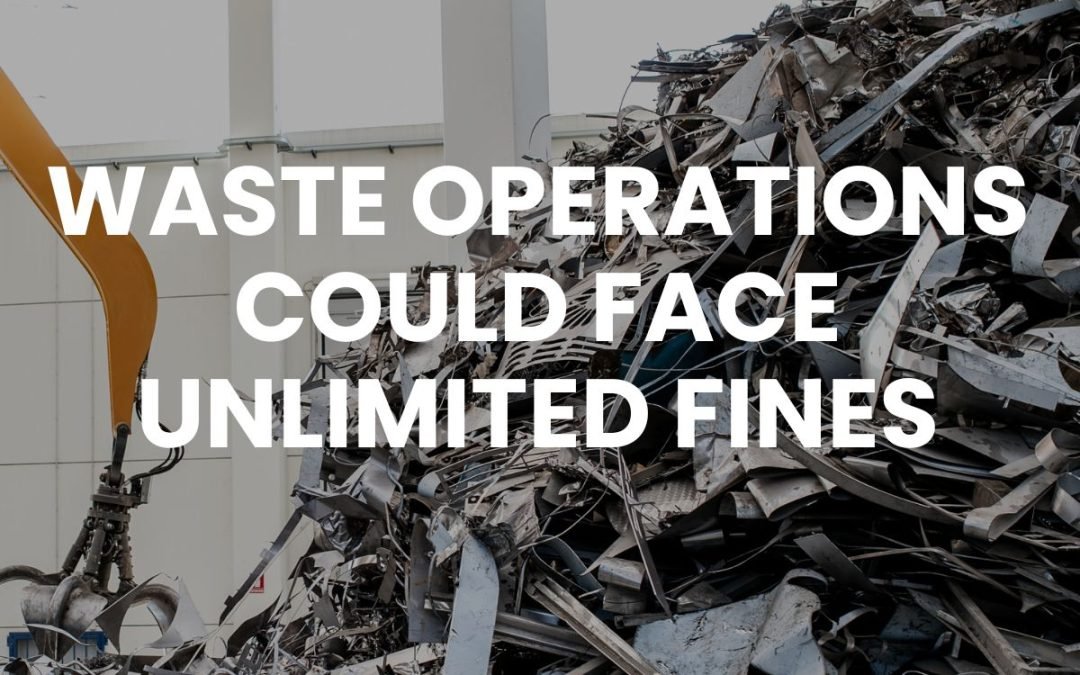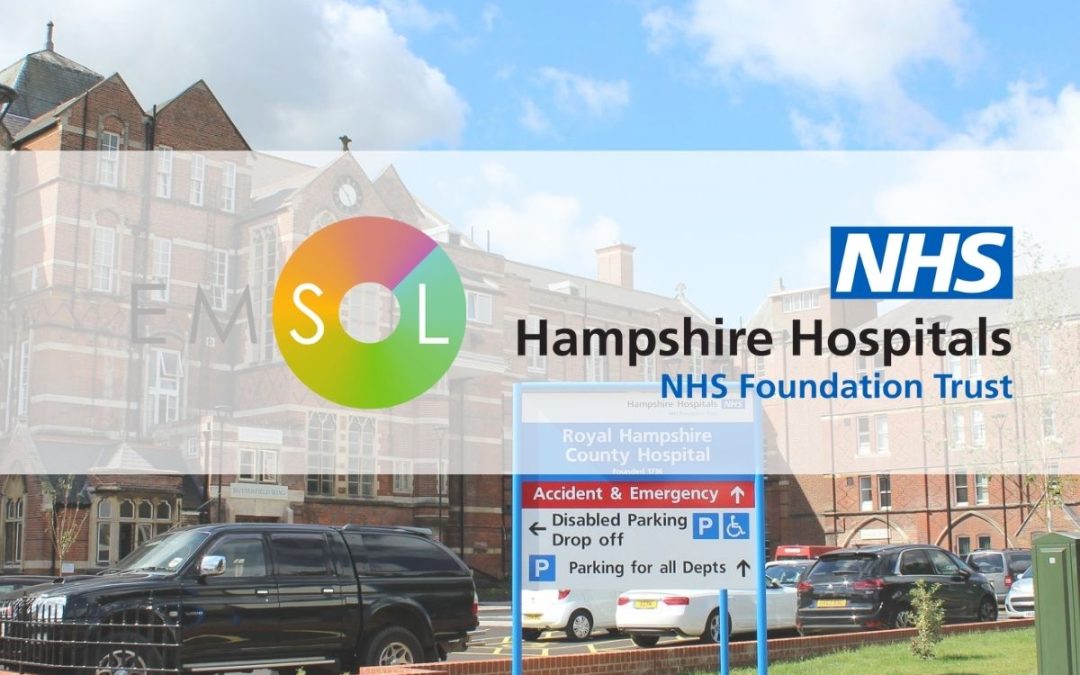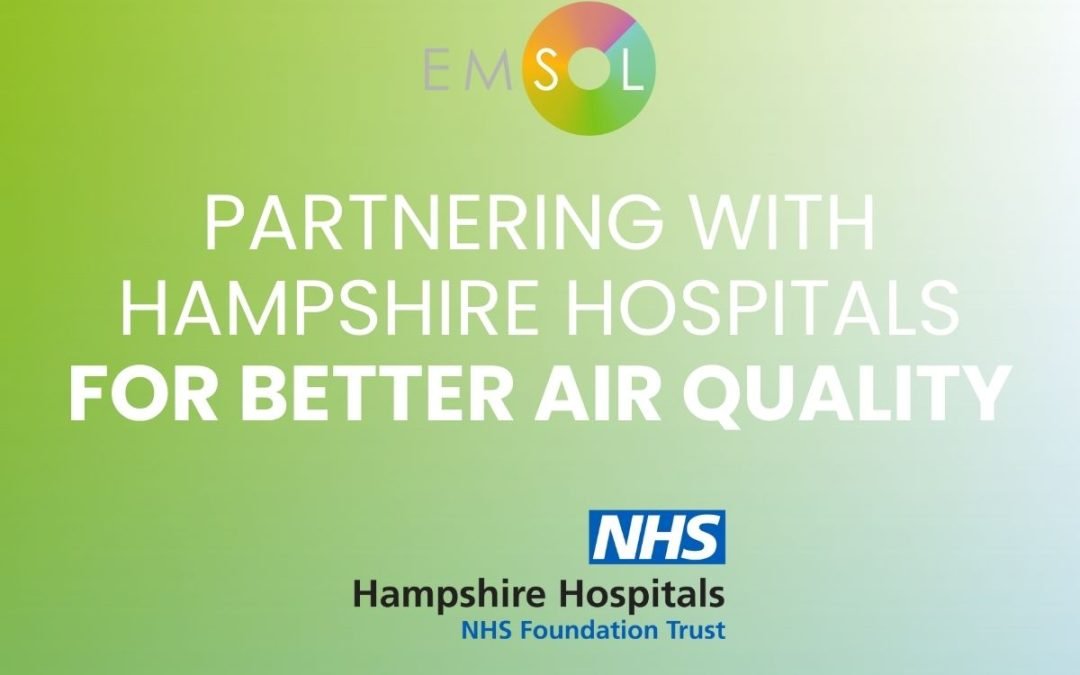As London targets aggressive air quality improvements, continuously updated neighborhood-level monitoring provides invaluable intelligence on localised pollution exposure.
So what are the cleanest and most toxic areas of London by air quality.
Cleanest Air in London
Richmond (SW13): Has consistently low particulate matter (PM2.5) and nitrogen dioxide thanks to green buffers.
Greenwich Peninsula (SE10): Improvements from construction vehicle restrictions and river proximity have helped sustain safer readings. The council also declared the area one of the first Low Emission Zone in 2004. No doubt this early action has benefited the area.
Kingston upon Thames (KT1), is surrounded by parks and right next to the river and has some of the cleanest air across the capital.
Some of the Most Toxic Air Zones
City Of London: Pinned right in the centre of London and with constant traffic flows the city has high levels of pollution. The Eco-experts have given it the worst score out of any London area by far.
London Underground: Across the network there are huge issues with PM pollution. As Dr David Green, Imperial College London says, “you’ve got iron rubbing on steel, steel on steel, iron and copper and barium from the brakers”. In short, the tunnels below the capital are one of the worst areas for airi quality.
Waterloo (SE1): Particulate matter and NO2 exceedances plague this central transport hub with idling trains, buses and heavy traffic.
Brixton Road (SW9): A highly congested corridor with consistently alarming particulate averages and nitrous oxide spikes requiring urgent action.
Putney High Street (SW15): Noise barriers for the A3 have reflected rather than filtered pollution according to researchers analysing trapped emission events.
Bespoke Monitoring for High Risk Areas
The old phrase “What gets measured gets managed” comes to mind here. There is real benefit to a good coverage of air quality sensors across the capital to ensure pollution hotspots go undiscovered.
Breathe London network offers a helpful baseline reference, it relies on a mix of different sensors from community groups and local authorities. Even with hundreds of sensors, the program cannot match the insights demanded to address specific causes of pollution.
In short, the network gives a wide indication of pollution levels across the capital. This may indicate broad trends across time but it doesn’t provide any depth or context.
Also as new traffic patterns emerge or as construction development occur there is as a risk of hotspot zone slipping through the cracks lacking sufficient resolution
And while headline metrics suit high-level policy discussions, neighbourhoods require precision interventions only surgically-targeted monitoring can enable.
No matter the scale, air quality initiatives fundamentally depend on technology translating numbers into decisions that drive change. Through tailored deployments and real-time analytics, EMSOL empowers partners to see pollution spikes as an opportunity for action.
If you are interested in how this could help your borough, let’s connect to explore custom monitoring. Gain a deeper understanding of your policy decisions and ensure rigorous monitoring is in place at key sites. We invite you to collaborate with EMSOL, lets light the path towards neighbourhoods protected from poor air quality.





